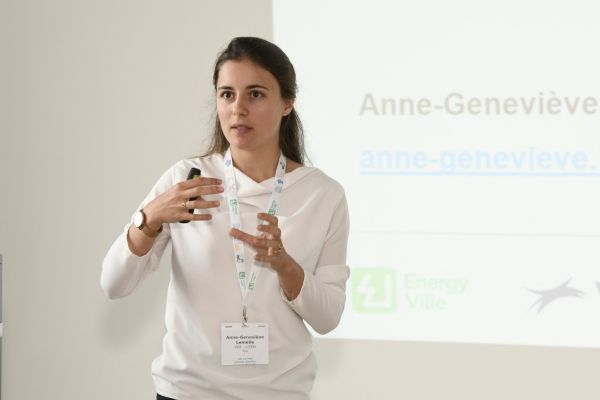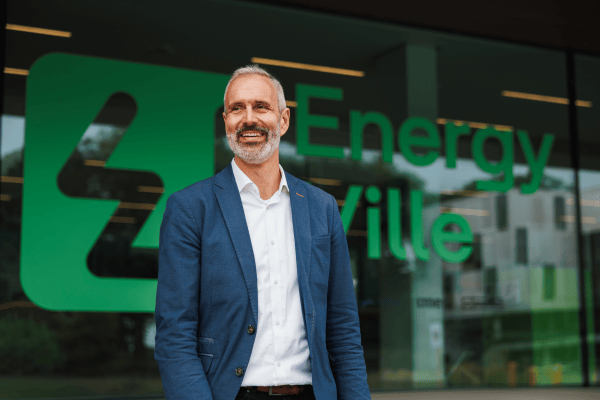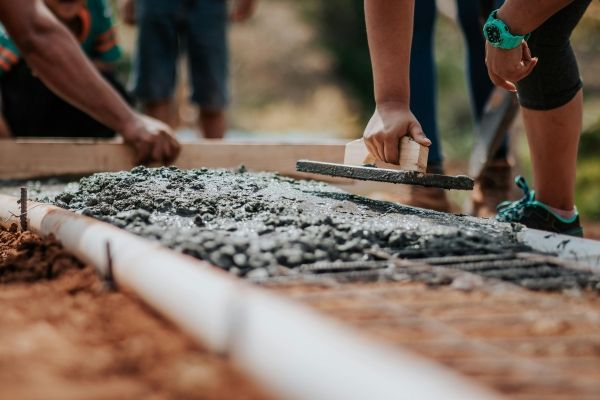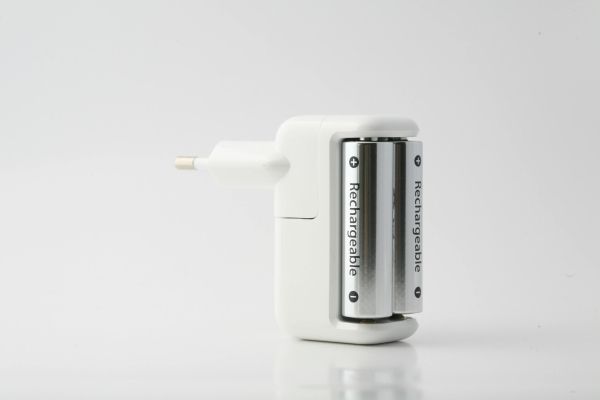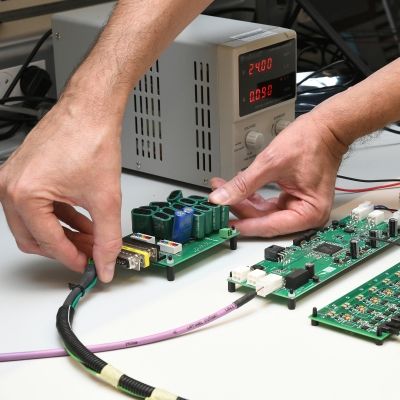Cutting-edge testcase for the CIRCAT tool
If we effectively want to transition to a more sustainable economy and society, the inclusion of a circular model for the construction sector is crucial.
Source header image: A-Practice
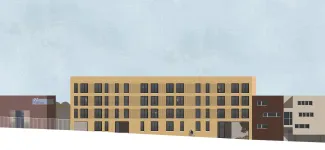
If we effectively want to transition to a more sustainable economy and society, the inclusion of a circular model for the construction sector is crucial. In Flanders, however, there is one domain that is still slipping through the net of constructive circularity principles: that of building services, and – more specifically – technologies for HVAC, electricity and sanitation.
To help bridge this gap, our EnergyVille / VITO researchers – within the framework of the Flanders Circular project CIRCAT – at end of 2020 joined forces with engineering firm Boydens Engineering (part of Sweco) and sustainable project developer Revive. We are now at the dawn of the project’s one before last phase, in which a case study will put the CIRCAT-tool to the test when it comes to its practicability and impact. Hence, this fall, the tool will be taken up in one of Revive’s tendering processes and, as such, be sent out to all bidding contractors.
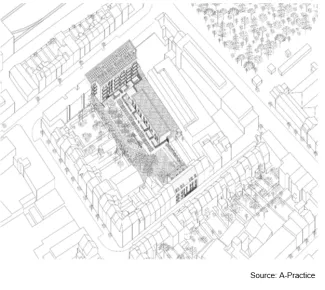
The importance of circularity in the construction sector
Not too long ago, in 2019, numbers and statistics showed that the construction sector in Europe was responsible for 40% of greenhouse gas emissions, 50% of all energy consumption, 1/3 of water consumption and 50% of material flow [1]. That means that if we effectively want to transition to a more sustainable economy and society, the inclusion of a circular model for that sector specifically is crucial.
In Flanders, the circular approach to construction currently manifests itself in the form of smart design on the one hand, and well-considered choices of building materials on the other. Concerning the former, in practice, this means that designers tend to focus on the adaptability of the architectural plan and the detachability of building systems. Concerning the latter, in practice, it entails they tend to lean towards choosing materials that can be recovered, reused or recycled at the end of their life cycle.
The missing link
There is one domain, however, that seems so slip through the net of constructive circularity principles: that of building services, and – more specifically – technologies for HVAC, electricity and sanitation. In practice, those services still mainly follow a linear economic model. However, in order to fully embed the circular model in the construction sector, it is important that the circular approach becomes all-inclusive – encompassing all aspects of the building process, not in the least the domain of building services. Because not only do these technologies for HVAC, electricity and sanitation make up an essential part of every building, their maintenance-sensitivity also makes for the fact that they need to be replaced more frequently compared to other building components. As a result, they offer enormous potential for even more efficient use of commodities and (raw) materials.
Bridging the gap
To help bridge this current gap, our EnergyVille / VITO researchers – within the framework of the Flanders Circular project CIRCAT – at end of 2020 joined forces with engineering firm Boydens Engineering (part of Sweco) and sustainable project developer Revive, in order facilitate the next step in the transition towards circular building services.
More on the CIRCAT-project
The CIRCAT-project is driven by a vision within which circularity is not considered to be a stand-alone ultimate objective, but rather a strategy to create more sustainable built environment. An important part of that strategy is to evaluate the effectiveness of taken circularity-measures. CIRCAT thus focuses on the tendering process by developing a package of tender evaluation criteria – specifically tailored to building services – which consists of a set of innovative measures that can be applied within that construction sector, without being product- or manufacturer-dependent. As such, the project aims to stimulate circularity of building services.
PHASE 1 - CIRCULAR DESIGN GUIDELINES & PARAMETERS
In the first phase of the project, a set of relevant circular design guidelines and parameters was drafted. This was done on the back of desk-research on existing circularity principles, projects and building solutions.
PHASE 2 - TENDER EVALUATION CRITERIA
This first phase was then followed by the translation into a package of tender evaluation criteria, which has meanwhile also been further developed into an Excel-tool. That Excel-tool includes questions on the applicability of aspects relating to circular business models on the one hand, and questions on the applicability of circularity principles within the technical domains of HVAC, electricity and sanitation on the other. The questions revolve around circularity parameters which a contractor can still influence him- or herself – more specifically the use of particular products and the actual installation.
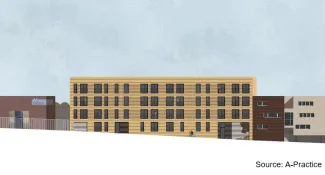
PHASE 3 - FROM THEORY TO PRACTICE
With a view to eventually be able to implement the package of tender evaluation criteria for every single tender, we are now at the dawn of the project’s next phase, in which a case study will put the CIRCAT-tool to the test when it comes to its practicability and impact. Hence, this fall, the Excel-tool will be taken up in one of Revive’s tendering processes and, as such, be sent out to all bidding contractors.
PHASE 4 - FURTHER FINE-TUNING
After having awarded the concerning construction contract, the last and fourth phase of the project will set in. This final phase will consist in further fine-tuning the CIRCAT-tool on the basis of the feedback gathered from the bidding construction companies. The closure of the CIRCAT-project is foreseen for the beginning of 2023. To be continued…
References





